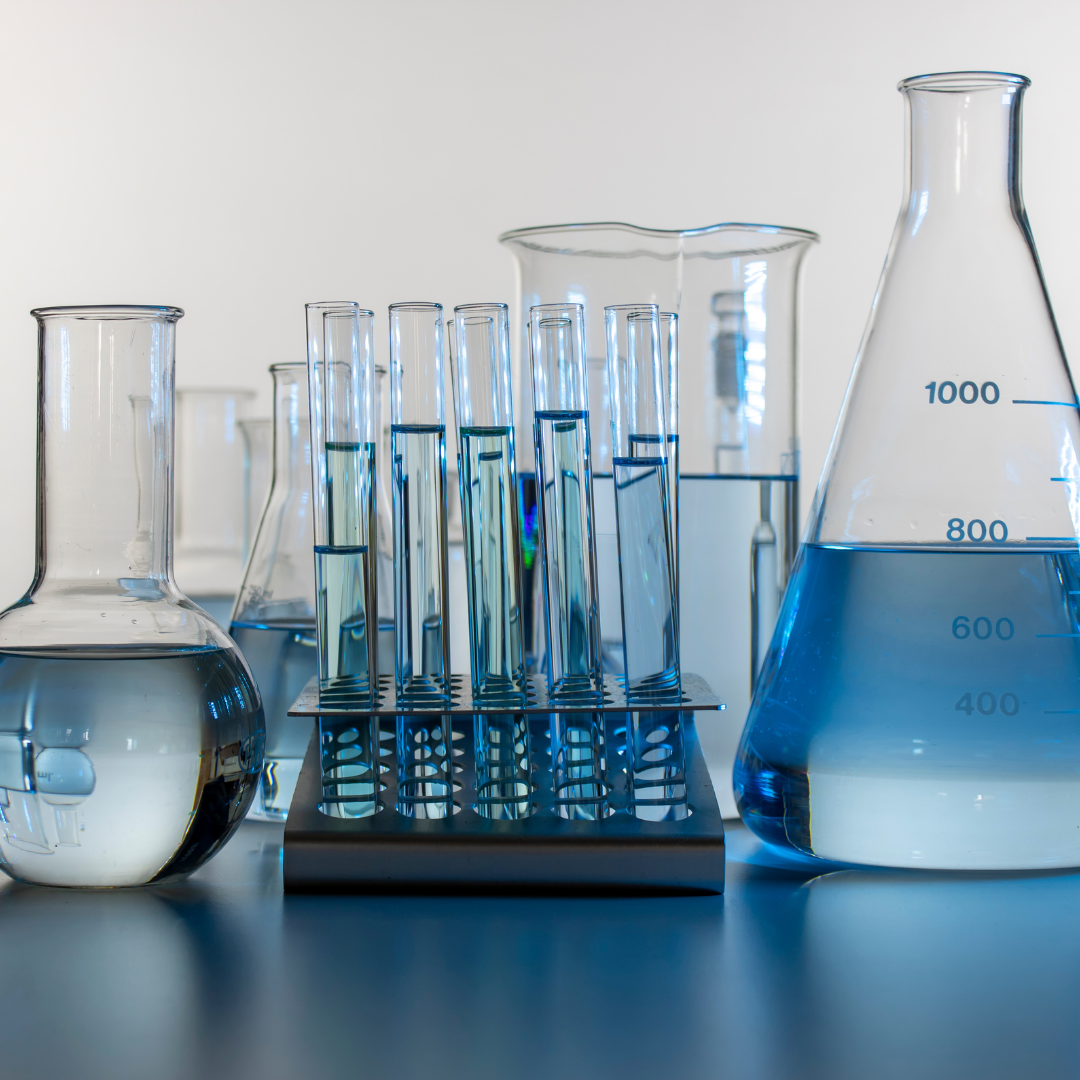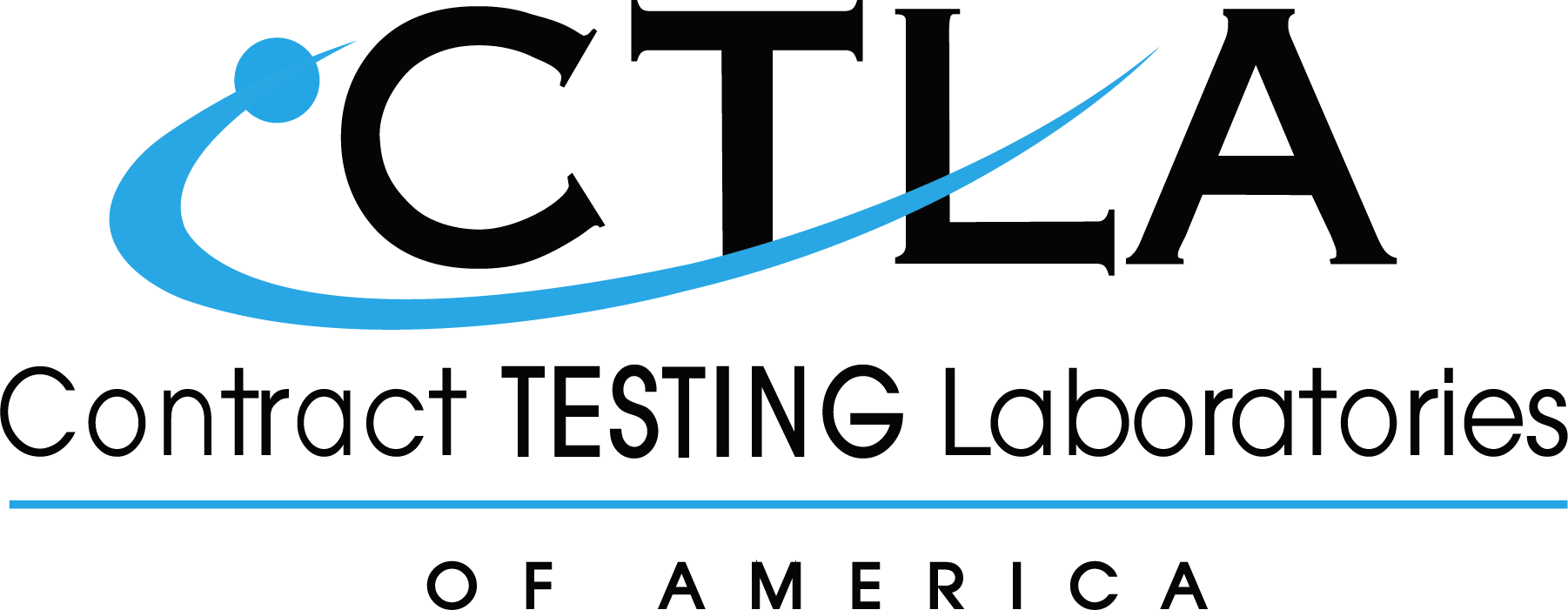
HPLC Analysis with Diode Array Detection
High-performance liquid chromatography (HPLC) ‒ one of today’s most common sample analysis techniques ‒ separates compounds from a soluble mixture for the identification of target analytes. Using diode array detection (DAD) with HPLC analysis provides flexibility to produce specific results for beverage, food, dietary supplement, and other personal products markets.
HPLC with DAD provides fast, accurate, and cost-effective analysis for drugs, pharmaceuticals, nucleic acids, proteins, lipids, carbohydrates, antioxidants, and other compounds.
The Basics of Liquid Chromatography
Like all chromatographic methods, liquid chromatography has a mobile and a stationary phase. The mobile phase carries the sample over the stationary phase, called the column.
Typically, separation occurs because of interactions between the stationary phase and the components of the sample. Sample components that are attracted to the stationary phase elute slower than components that are less attracted. The compounds are detected as they elute from the column.

The composition of the stationary and mobile phases depends on the sample and the sought-after analyte.
Normal phase and reverse phase are among the most common stationary phases, exploiting differences in polarity to achieve separation. Ion-exchange chromatography generates separation based on compound charge, which is useful for analyzing protein content.
High-Performance Liquid Chromatography (HPLC)
HPLC has many uses, including analyzing samples for drugs and evaluating the purity of pharmaceuticals and dietary supplements.
HPLC uses pumps to pass highly pressurized mobile phase and sample over the stationary column. HPLC can be used in tandem with various columns (such as normal phase, reverse phase, and ion chromatography) and detectors.
Detection Techniques
For usable data, compounds must be detected as they elute off the column. There are numerous detection techniques, with Diode Array Detection being the most common.
Diode Array Detection (DAD)
DAD, also called photodiode-array (PDA), is one of the most popular UV detection techniques paired with HPLC due to its versatility.
Other UV detection methods collect data at only one wavelength. In contrast, DAD simultaneously collects data at multiple wavelengths. The molecular structure of target analytes absorb light at different wavelengths on the electromagnetic spectrum. DAD allows for tunability of the detection wavelength allowing for detection of thousands of target analytes.
Advantages of Liquid Chromatography
Liquid chromatography is a powerful technique that can separate nearly any soluble compound like vitamins, CBD, amino acids, and other biological compounds for analysis. Comparing target peaks to certified reference standards ensures accurate signal identification. Computational mathematics quantifies the target analyte based on peak size.
Compared to other analytical testing methods, HPLC tends to be less expensive, with the reuse of cleaned columns. In addition, further sample testing is possible since HPLC testing with DAD does not destroy analytical samples.
Applications of HPLC with DAD
As an analytical technique, HPLC provides exceptional separation and quantification of sample components. HPLC allows CTLA to verify label claims and ensure that manufacturing procedures yield the correct concentration of analytes.
The advantages of using it, particularly when paired with DAD, make it a technique worth considering for any sample analysis.
CTLA offers HPLC with DAD testing for the following analytes plus many more:
- 5 Hydroxytryptophan (5-HTP)
- Aloin (Aloe Vera)
- Alpha Lipoic Acid (ALA)
- Amino Acids
- Astaxanthin
- Benzoic Acid
- Beta Hydroxy Butyrate (BHB)
- Caffeine
- Cannabinoids
- Citrate
- Citric Acid
- Cholesterol
- CoQ10
- Creatine
- Curcuminoids
- Diindolymethane (DIM)
- Epigallocatechin Gallate (EGCG)
- Glutathione Reduced/Oxidized
- L-5-Methyltetrahydrofolate (MTHF)
- Lactic Acid
- Lutein
- Lycopene
- Melatonin
- Nicotinamide Adenine Dinucleotide (NAD)
- Nicotinamide Mononucleotide (NMN)
- Resveratrol
- Serotonin
- Sorbic Acid
- Squalene
- Theobromine
- Total Carotenoids
- Vitamins A, B, C, D, & K
- Yohimbine
- Zeaxanthin
Partner with CTLA
CTLA operates with ISO/IEC 17025:2017 accreditation to perform HPLC analysis paired with DAD to analyze a wide range of molecules. We customize our HPLC to optimize separation for a given sample and give our clients superior data about their products.
CTLA uses HPLC and other techniques to provide testing services for several third-party GMP certifiers, including NSF certification. We can apply our analytical expertise to your product and streamline the documentation process required to market dietary supplements on Amazon.com.
Contact us today to get a quote!

Sources:
Dolan, John W. “How does it work? Part IV: Ultraviolet Detectors”. LCGC. 2016. https://www.chromatographyonline.com/view/how-does-it-work-part-iv-ultraviolet-detectors
Mathias, Jennifer. “Types of Liquid Chromatography”. innovaTECH. 2014. https://www.innovatechlabs.com/newsroom/603/types-liquid-chromatography/
“Liquid Chromatography”. LibreTexts Chemistry. 2020. https://chem.libretexts.org/Bookshelves/Analytical_Chemistry/Supplemental_Modules_(Analytical_Chemistry)/Instrumentation_and_Analysis/Chromatography/Liquid_Chromatography
- “What Are Diode Array Detectors?”. West Florida Components. https://www.westfloridacomponents.com/blog/diode-array-detectors/
“Principle and Features of Various Detection Methods”. Hitachi High-Tech. https://www.hitachi-hightech.com/global/en/knowledge/analytical-systems/hplc/hplc-basics/course7.html
“Liquid Chromatography (LC) vs Gas Chromatography (GC): Advantages & Disadvantages”. Chemistry Net. http://chem-net.blogspot.com/2013/12/advantages-of-lc-vs-gc.html
“Liquid Chromatography Principles”. BIO-RAD. https://www.bio-rad.com/en-us/applications-technologies/liquid-chromatography-principles?ID=MWHAS7E8Z
“5 Applications of Liquid Chromatography”. Chromatography Today. 2022. https://www.chromatographytoday.com/news/lcxlc/49/breaking-news/5-applications-of-liquid-chromatography/57957
O’Driscoll, Aimee. “HPLC in Pharmaceutical Applications”. Lab Manager. 2021. https://www.labmanager.com/white-papers-and-application-notes/productivity-enhancement-with-liquid-chromatography-solutions-28452
Raja, Payan M. V. & Barron, Andrew R. “High Performance Liquid Chromatography”. LibreTexts Chemistry. 2022. https://chem.libretexts.org/Bookshelves/Analytical_Chemistry/Physical_Methods_in_Chemistry_and_Nano_Science_(Barron)/03%3A_Principles_of_Gas_Chromatography/3.02%3A_High_Performance_Liquid_chromatography







